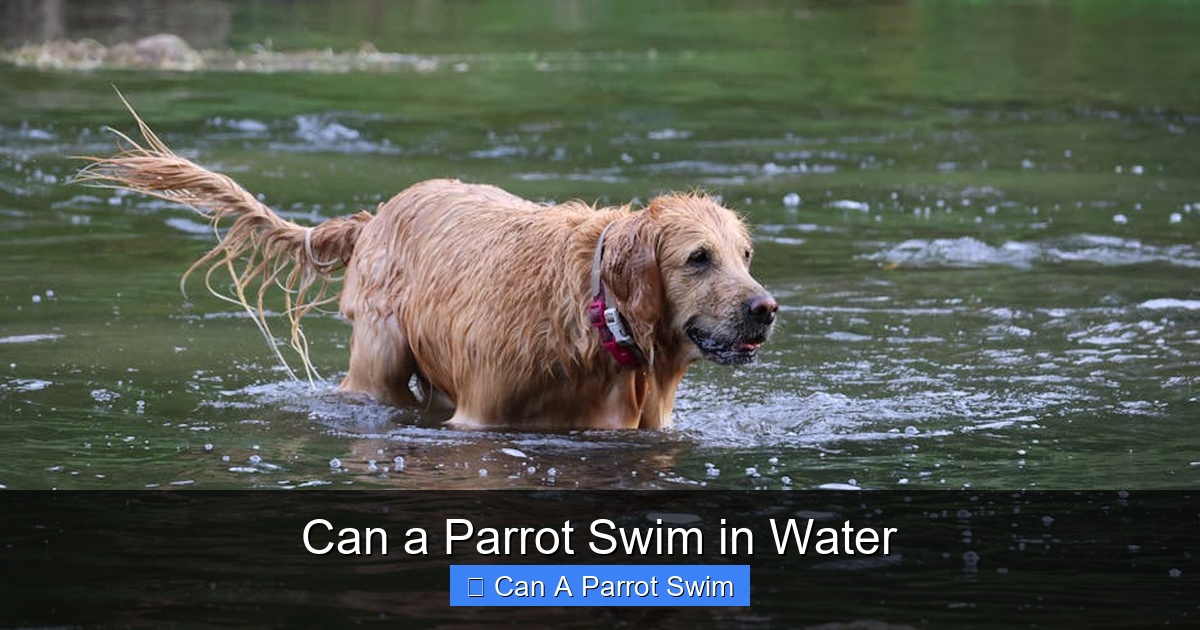
Featured image for this comprehensive guide about can a parrot swim
This is a comprehensive guide about can a parrot swim.
Frequently Asked Questions
What is can a parrot swim?
can a parrot swim is an important topic with many practical applications and benefits.
How can can a parrot swim help me?
Understanding can a parrot swim can improve your knowledge and provide practical solutions.
